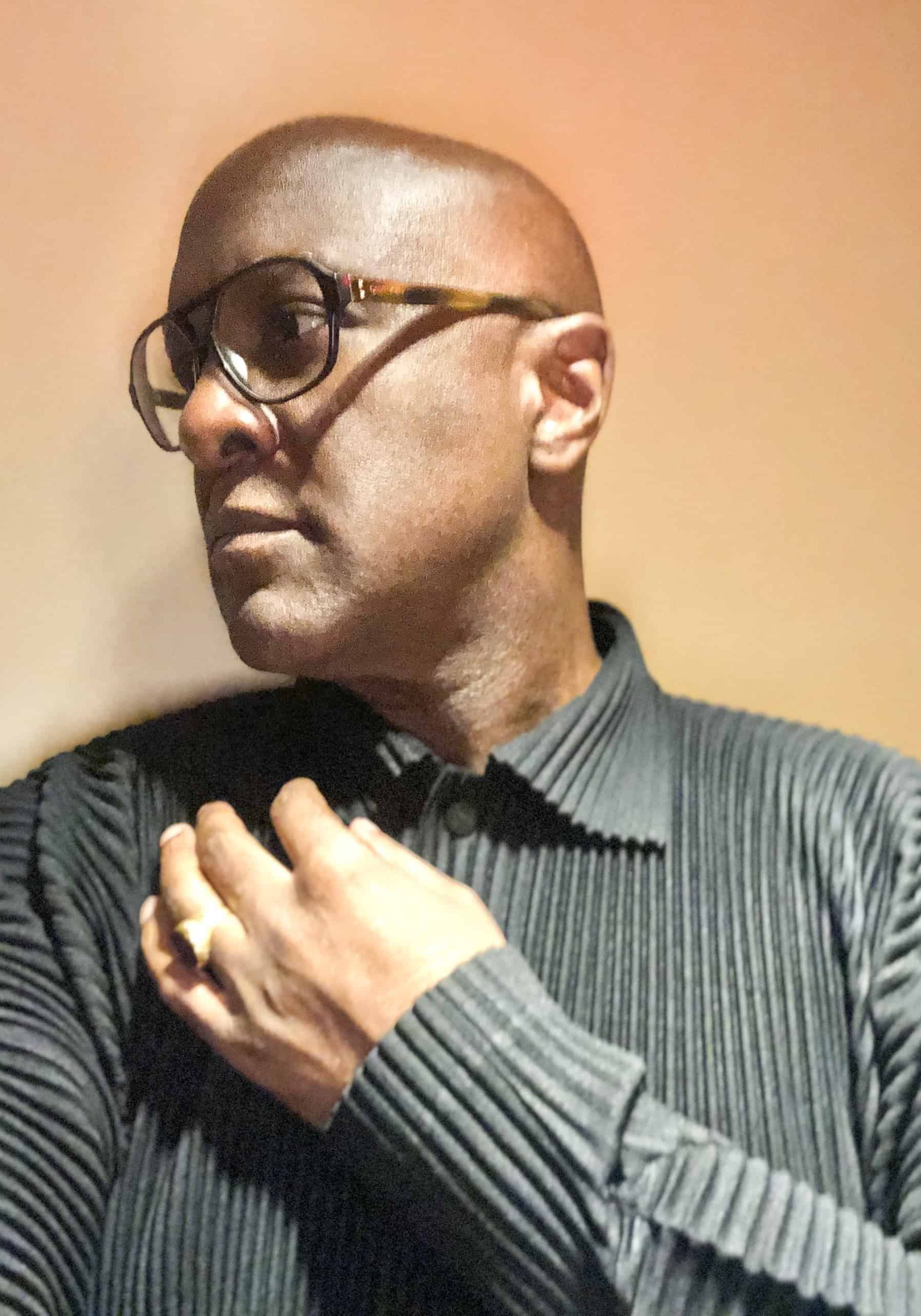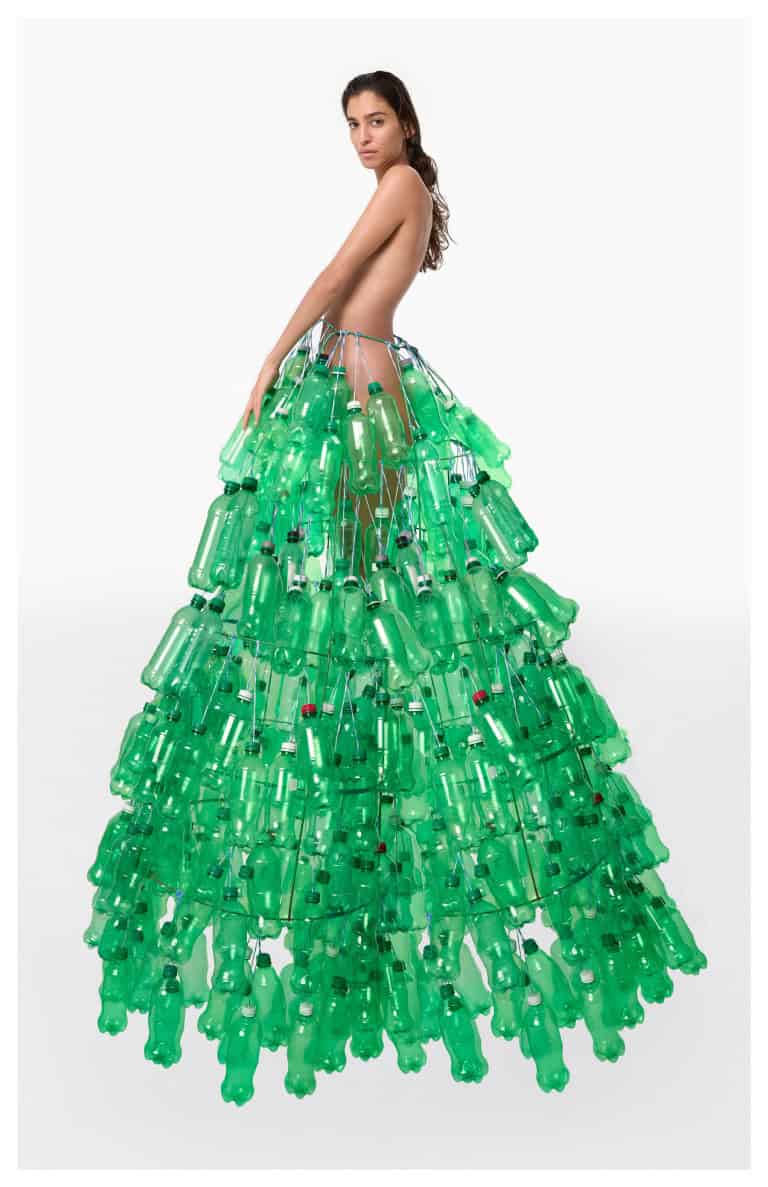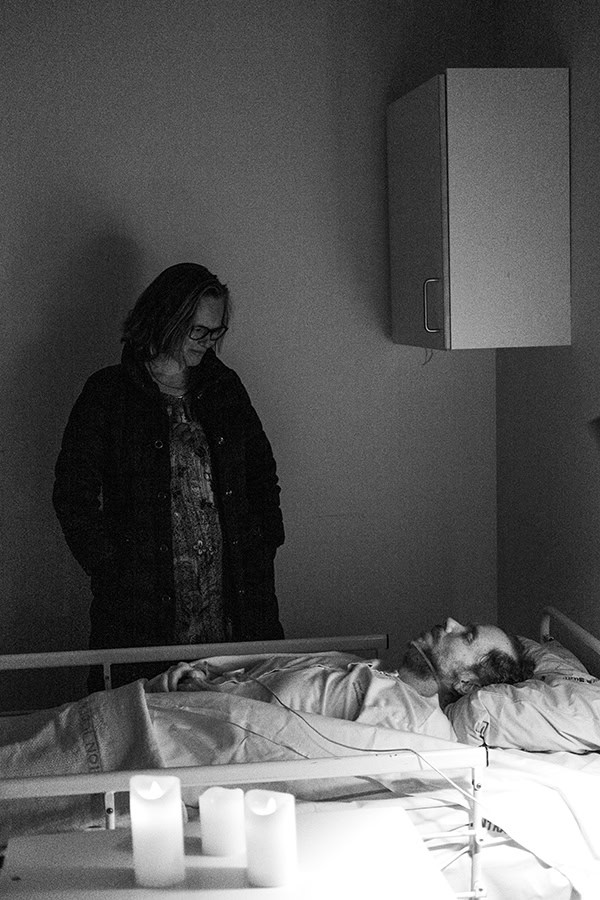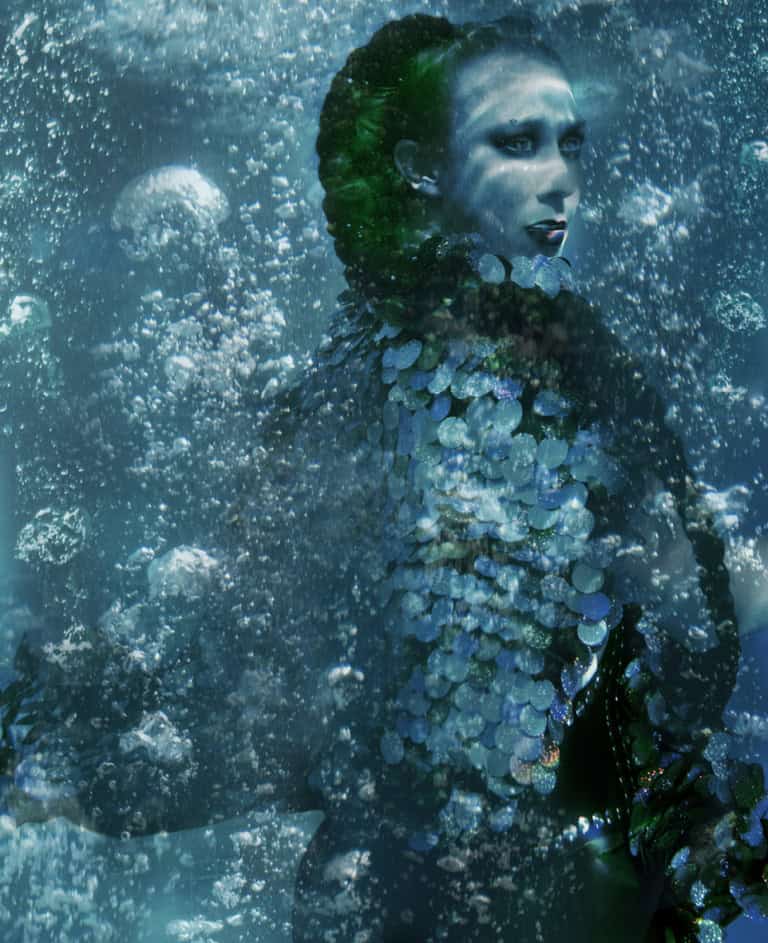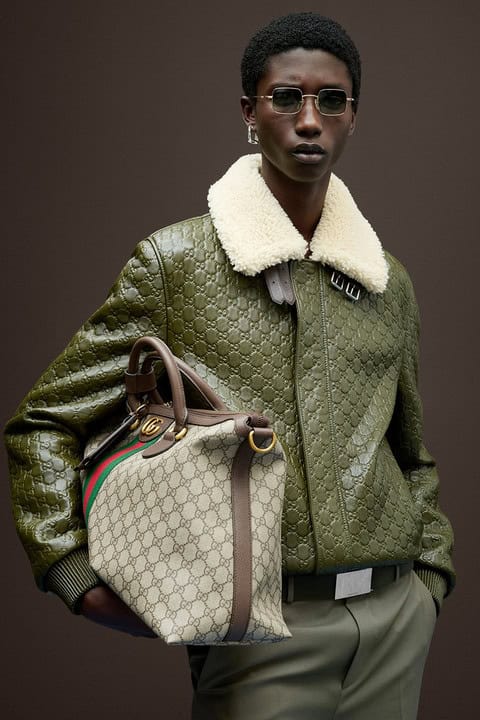
An Early Look at De Sarno’s Gucci Male 2025
Gucci Pre-Fall 2025 Sabato De Sarno’s Pre-Fall 2025 men’s collection for Gucci feels like a love letter to the 1970s—a decade revered for its free-spirited creativity and sartorial boldness—while remaining grounded in the DNA of the house. It’s a collection that blends nostalgia and modernity, offering pieces that feel both heritage-driven and refreshingly contemporary. In the Pre-fall 2025 collection, De Sarno reaffirms his vision for Gucci: a balance of relaxed sophistication and craftsmanship that appeals to a new generation of Gucci devotees while honoring its past.
In fashion, designers are often the time travelers, toggling between the future and the past to conjure their visions. De Sarno has chosen the latter, the rich texture of Gucci’s archives and injecting them with a modern ease. The result? Menswear that is as evocative as it is wearable. Blazers are oversized yet tailored, paired with loose-fitting trousers that have a laid-back elegance.
Central to this collection is the continued theme of “Ancora,” De Sarno’s rallying cry since his debut at Gucci in January Gucci Pre-Fall 2025. Meaning “more,” “again,” or even evoking a sense of timelessness, the word anchors his vision of Gucci as a house that looks forward by doubling down on its roots. In the Pre-Fall 2025 collection, ‘Ancora’ is visualized through color—most notably a deep, luscious burgundy that is a running thread in the overall palette. It appears in double-breasted suits with monogrammed textures, sharply turned-up collars on long coats, and luxuriously cut cardigan-style jackets. Where Alessandro Michele’s Gucci played in the space of gender fluidity, De Sarno’s take on menswear is far more restrained, perhaps even “gentle” recalling the word gentleman.
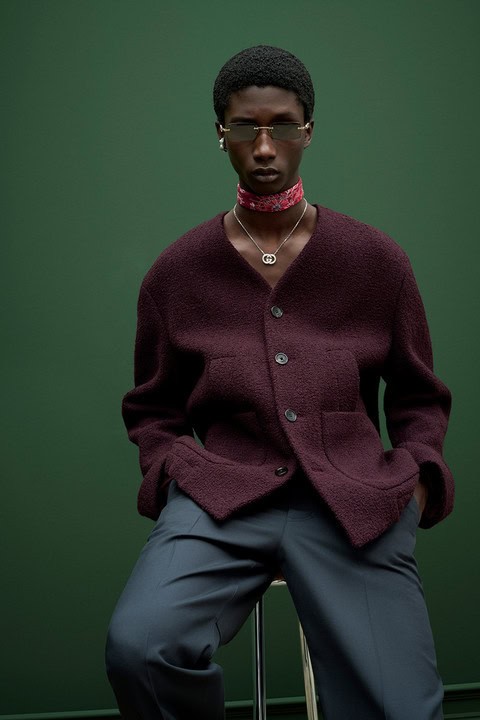
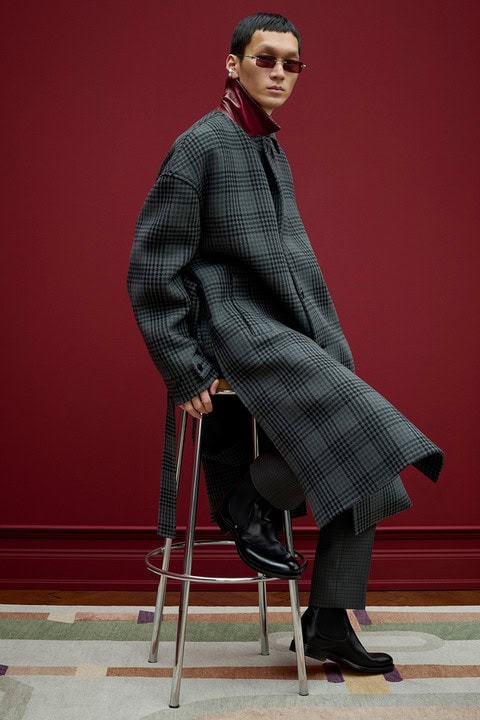

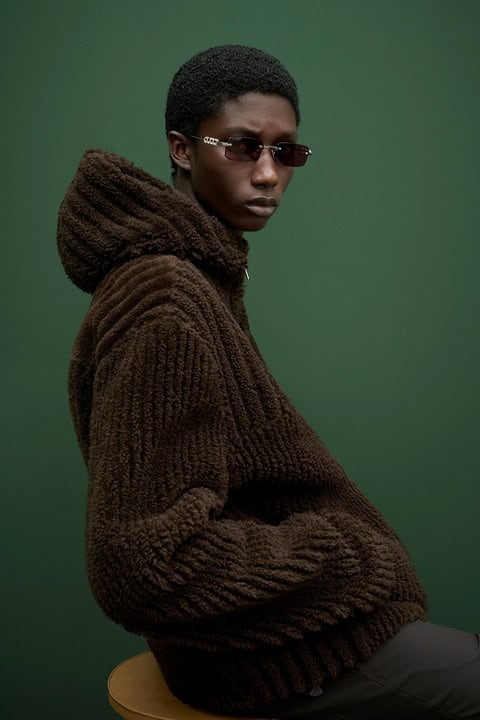
Images from Gucci PreFall 2025 GUCCI MEN’S PRE FALL2025
The stars of the season are the outerwear and shoes—a pairing that will no doubt please both buyers and fashion enthusiasts. Shearling-collared coats with embossed GG monograms, leather jackets rendered in rich, tactile textures, and a hooded jacket in 2025’s color of the year—“mocha”—are all standouts. De Sarno’s tailoring is noteworthy, with details like deeply rolled sleeve cuffs revealing striped linings, blending prep-school aesthetics with a distinctly European sensibility. Also, the forthcoming season of Gucci footwear captures a playful yet practical vibe, with loafers featuring everything from classic penny details to studded saddles. Euro-prep collides with grandpa-chic in the best possible way.
Accessories continue Gucci’s tradition of reinvention. The iconic Jackie 1961 bag gets a modern refresh with bold materials and the house’s signature Web stripe, while the Blondie bag—reimagined in shearling—proves that even heritage silhouettes can surprise. Perhaps the most intriguing new addition is the Gucci Softbit a clean, modern design anchored by the classic horse-bit detail.
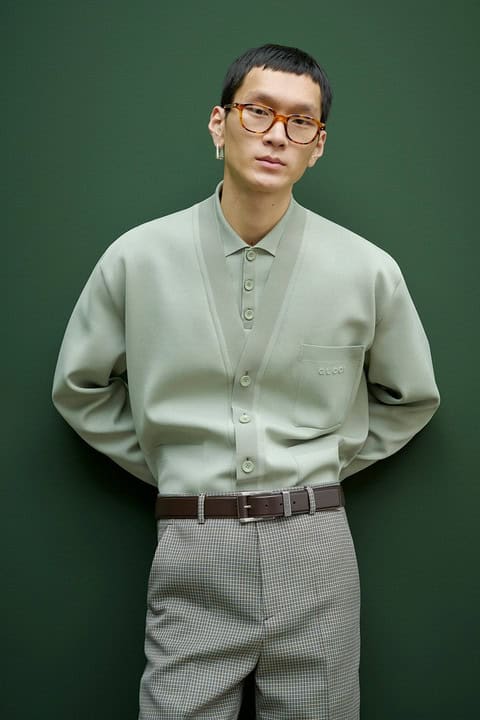
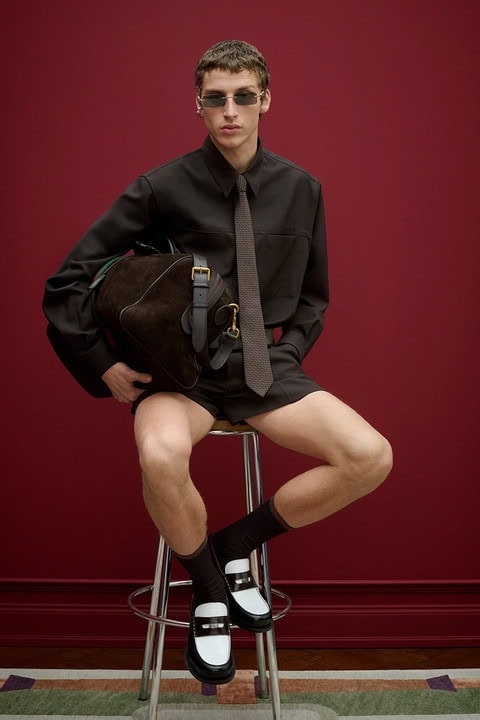
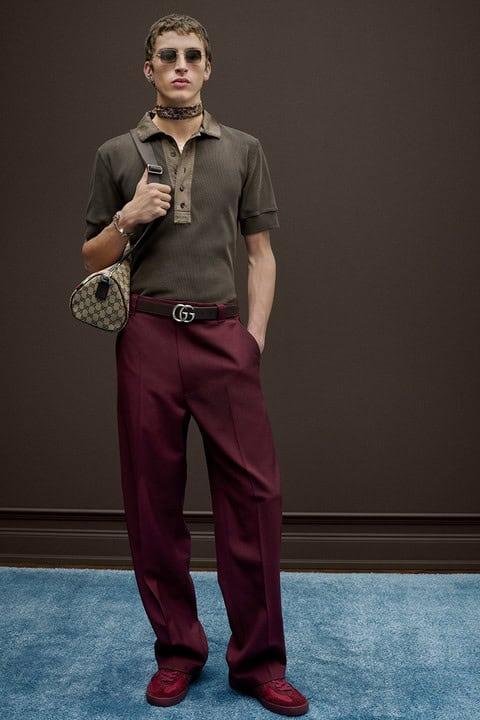
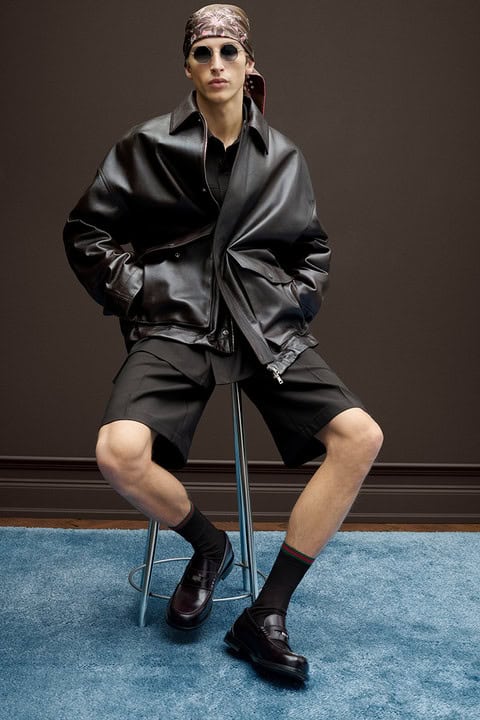
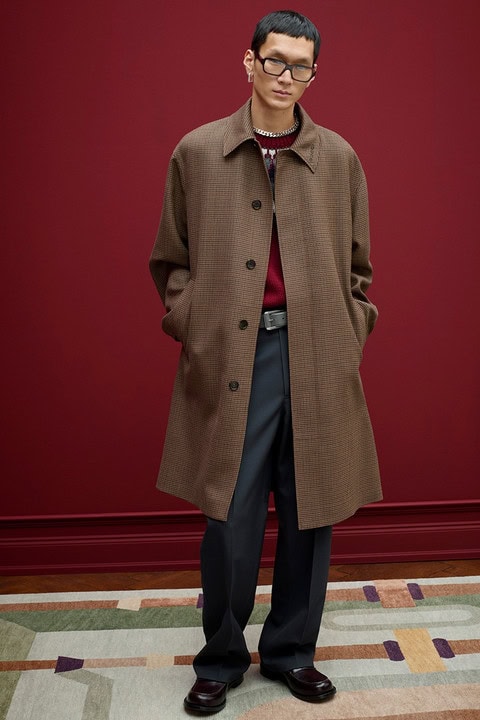
Images from Gucci PreFall 2025 GUCCI MEN’S PRE FALL2025
As François-Henri Pinault, Chairman & CEO of Kering, recently noted, “With Sabato De Sarno at the creative helm, we are confident that the house will continue both to influence fashion and culture through highly desirable products and collections, and to bring a singular and contemporary perspective to modern luxury.” Pinault’s optimism feels justified: De Sarno is not just a talented designer but an astute interpreter of the house’s history.
De Sarno’s ascent to the top of Gucci was far from accidental. A Naples native, he started at Prada before sharpening his skills at Dolce & Gabbana and ultimately spending twelve years at Valentino, where he worked closely with Pierpaolo Piccioli. That tenure gave him the pedigree to lead a brand as iconic—and demanding—as Gucci. Yet in an industry of rapid-fire appointments and rotating creative directors, De Sarno’s arrival still managed to feel surprising, even serendipitous.
And speaking of surprises, one can’t ignore the amusing twist of industry intrigue: Matthieu Blazy, recently named artistic director of Chanel, bears an uncanny resemblance to De Sarno. Is this a case of fashion’s creative doppelgängers, or did someone at Kering misplace their headshot file? While I’ve been assured, they are, in fact, two separate people, one can’t help but imagine an alternate reality in which they’re swapping design briefs across brands. But enough of conspiracy theories.
Still, such confusion only underscores De Sarno’s singularity. With Pre-Fall 2025, he has solidified his vision for Gucci, offering a collection that pays homage to its past while confidently striding into the future. If this is Ancora, we can only hope there’s much, much more to come.
Patrick Michael Hughes Senior Fashion Editor Men’s Fashion Writer
Share this post
Patrick Michael Hughes is a fashion and decorative arts historian. He writes about fashion culture past and present making connections to New York, London and Copenhagen's fashion weeks with an eye toward men's fashion. He joined IRK Magazine as a fashion men's editor during winter of 2017.
He is often cited as a historical source for numerous pieces appearing in the Wall Street Journal, The New York Times, CNN, LVMH, Conde Nast, Highsnobiety and others. His fashion career includes years as a fashion reporter/producer of branded content for the New York local news in the hyper digital sector. Patrick's love of travel and terrain enabled him to becoming an experienced cross-country equestrian intensively riding in a number of locations in South America Scandinavia,The United Kingdom and Germany. However, he is not currently riding, but rather speaking internationally to designers, product development teams, marketing teams and ascending designers in the US, Europe and China.
Following his BA in the History of Art from Manhattanville College in Purchase, New York he later completed graduate studios in exhibition design in New York. it was with the nudge and a conversation in regard to a design assignment interviewing Richard Martin curator of the Costume Institute at the Metropolitan Museum of Art he was encouraged to consider shifting his focus to the decorative arts with a concentration in fashion history and curation.
Patrick completed graduate studies 17th and 18th century French Royal interiors and decoration and 18th century French fashion culture at Musée Les Arts Decoratifs-Musée de Louvre in Paris. Upon his return to New York along with other classes and independent studies in American fashion he earned his MA in the History of Decorative Arts and Design from the Parsons/Cooper Hewitt Design Museum program in New York. His final specialist focus was in 19th century English fashion and interiors with distinction in 20th century American fashion history and design.
Currently, he is an Associate Teaching Professor at Parsons School of Design leading fashion history lecture-studios within the School of Art and Design History and Theory,
Read Next

